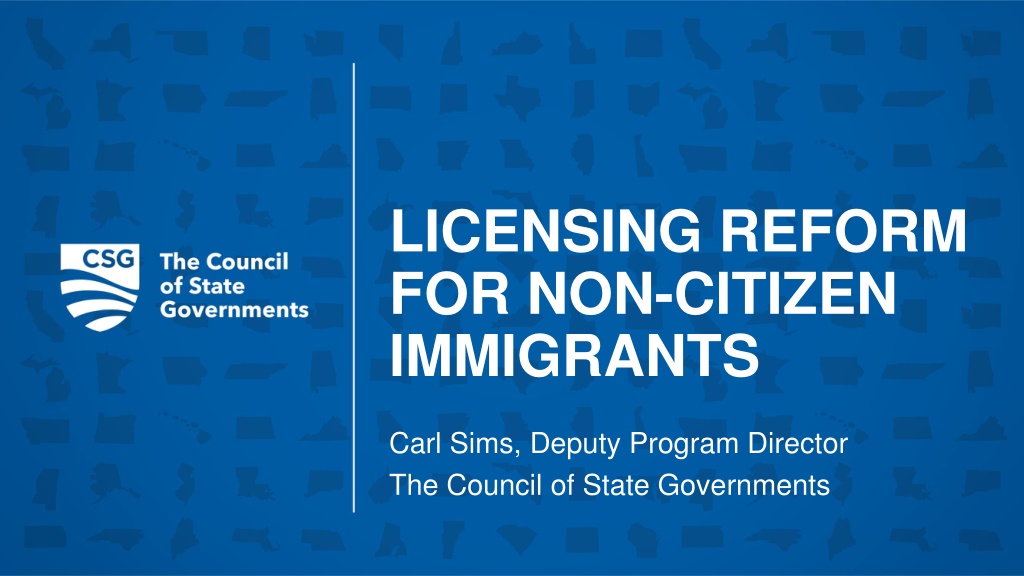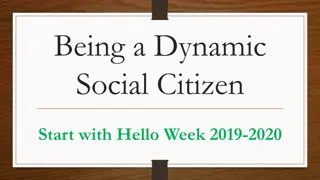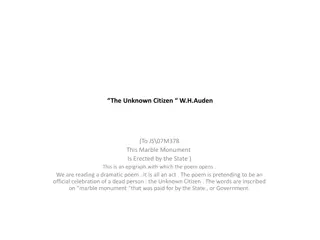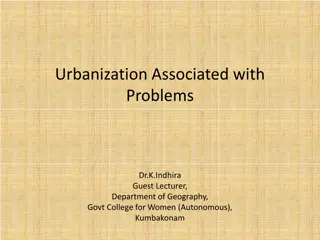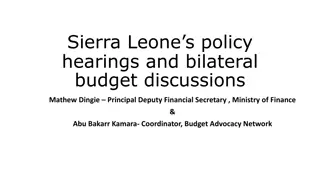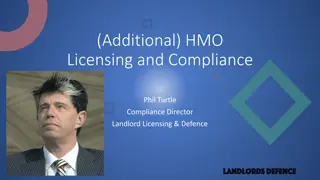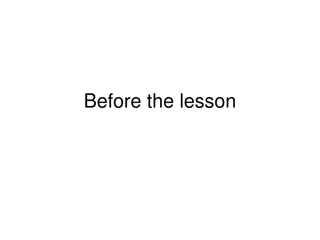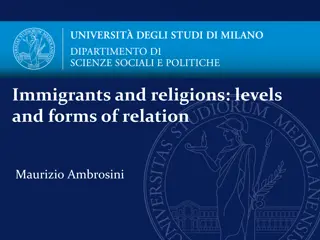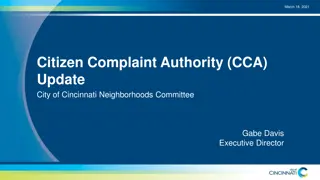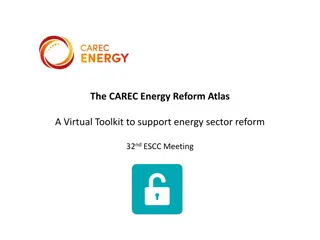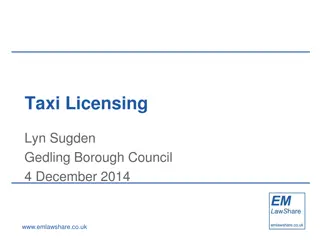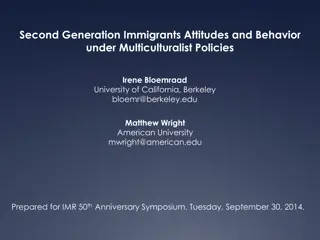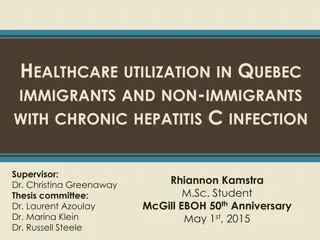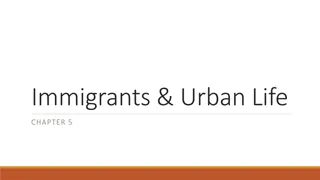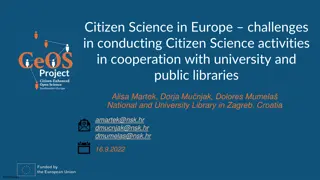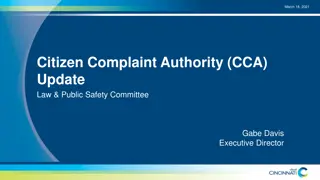Licensing Reform for Non-Citizen Immigrants
This content explores the challenges faced by non-citizen immigrants in obtaining licenses for professions, focusing on workforce shortages, economic and social costs, specific barriers, and statistics on immigrant workforce participation. It discusses the impact on various sectors such as healthcare and social services and highlights the need for reforms to address licensing issues for immigrants.
Download Presentation

Please find below an Image/Link to download the presentation.
The content on the website is provided AS IS for your information and personal use only. It may not be sold, licensed, or shared on other websites without obtaining consent from the author.If you encounter any issues during the download, it is possible that the publisher has removed the file from their server.
You are allowed to download the files provided on this website for personal or commercial use, subject to the condition that they are used lawfully. All files are the property of their respective owners.
The content on the website is provided AS IS for your information and personal use only. It may not be sold, licensed, or shared on other websites without obtaining consent from the author.
E N D
Presentation Transcript
LICENSING REFORM FOR NON-CITIZEN IMMIGRANTS Carl Sims, Deputy Program Director The Council of State Governments
The Council of State Governments CSG is a region-based membership organization that fosters the exchange of insights and ideas to help state officials shapepublicpolicy. @CSGovts | csg.org
Prevalence of Workforce Shortages Projected in-demand professions commonly requiring licensure: Healthcare Personal Care Community and Social Services Source: Kentucky Chamber of Commerce
Workforce Shortages Contributing Factors Workforce Participation Rates Demographic Trends Pathways to Employment/Licensure
Workforce Shortages in Health Care In Kentucky, the hospital job vacancy rate is at 17.1%. oRN and LPN = 22.1% vacancy rate An estimated 14% of the current nursing workforce in KY is nearing retirement age. Source: Kentucky Hospital Association
Immigrant Workforce The U.S. immigrant population currently makes up 13.75% of the total population and 17% of the national workforce. In Kentucky, the immigrant population makes up 4% of the total population and 5% of the state's workforce. Source: Migration Policy Institute
Immigrant Workforce Source: U.S. Department of State
Economic and Social Costs of Licensure May involve overly burdensome requirements Creates additional costs for licensees May contribute to workforce shortages Reduces access to services Inhibits ability of professionals to move/practice across state lines
Immigrant Specific Barriers to Licensure Lack of recognition of foreign credentials Lack of knowledge about licensing Skill gaps and costs English proficiency
STATE POLICY STRATEGIES
State Policy Strategies Task Forces/Dedicated State Offices/Community Partnerships Modifying Licensing Requirements Addressing Skill Gaps and English Language Proficiency
Task Forces and Community Partnerships Build partnerships, identify key areas for reform, craft individualized policy recommendations State/community examples: oColorado oMaryland oLouisville oDetroit/Michigan
Addressing Skill Gaps and English Language Proficiency Improve communications with license applicants State examples: oTexas oPennsylvania oWashington oNew York
Modifying Licensing Requirements Reduce overly burdensome barriers to licensure State examples: oVirginia oColorado
Other Policy Considerations Occupation Specific Strategies Levels of Approach: oLegislation oLicensing Board/Department
Carl Sims Deputy Program Director The Council of State Governments csims@csg.org
